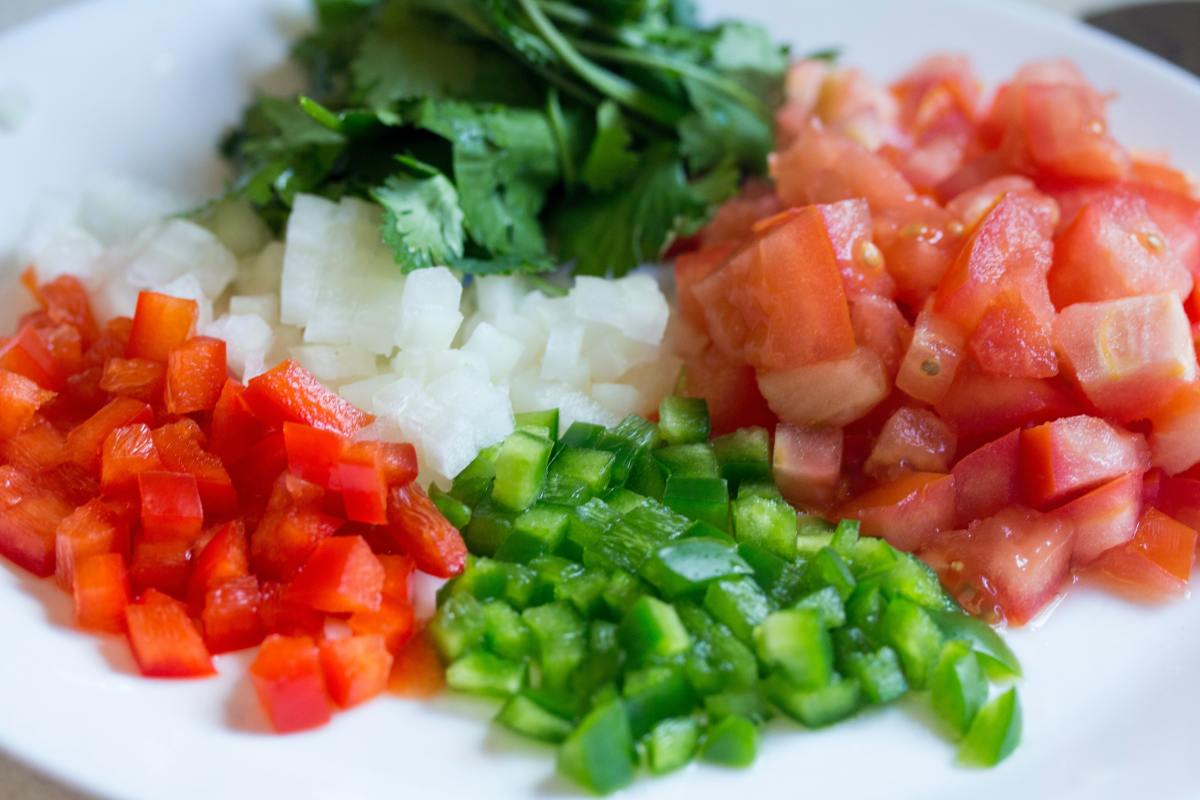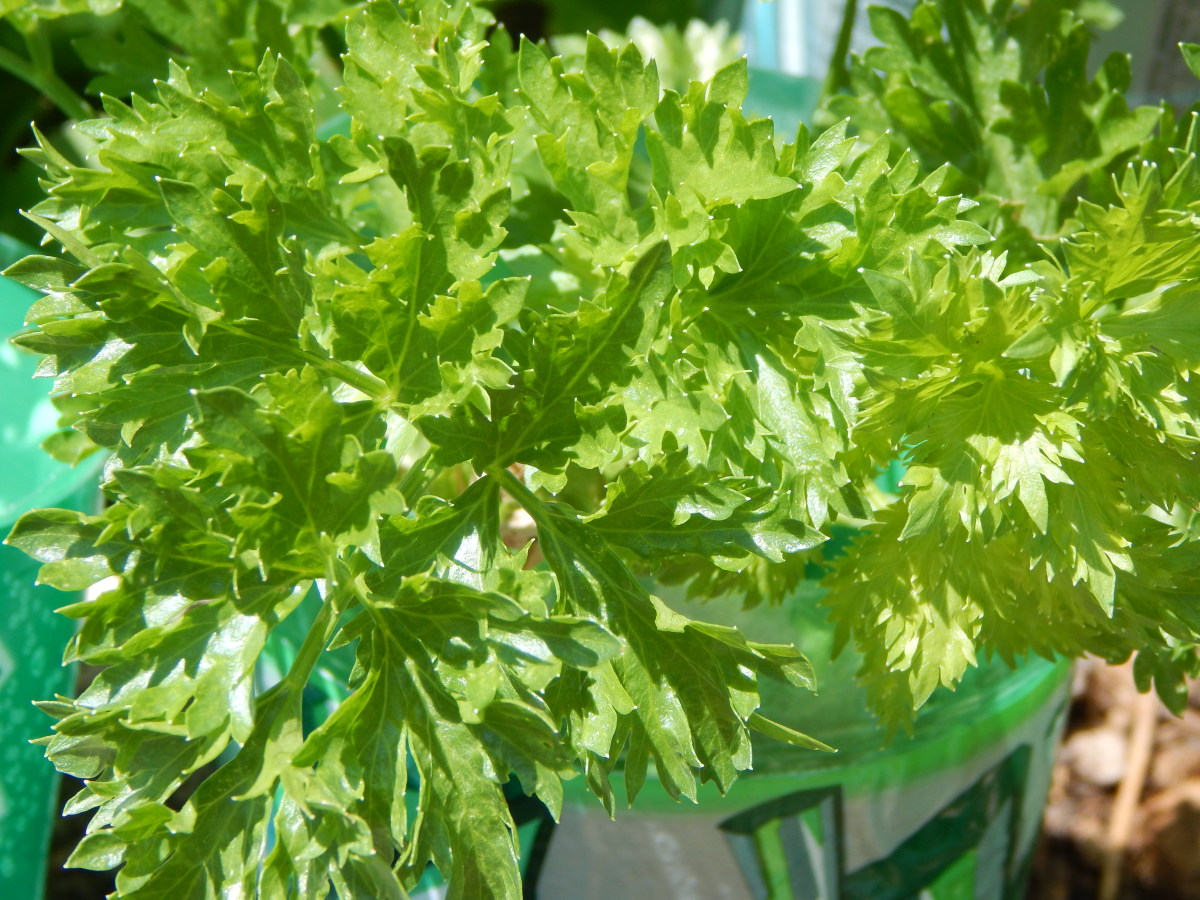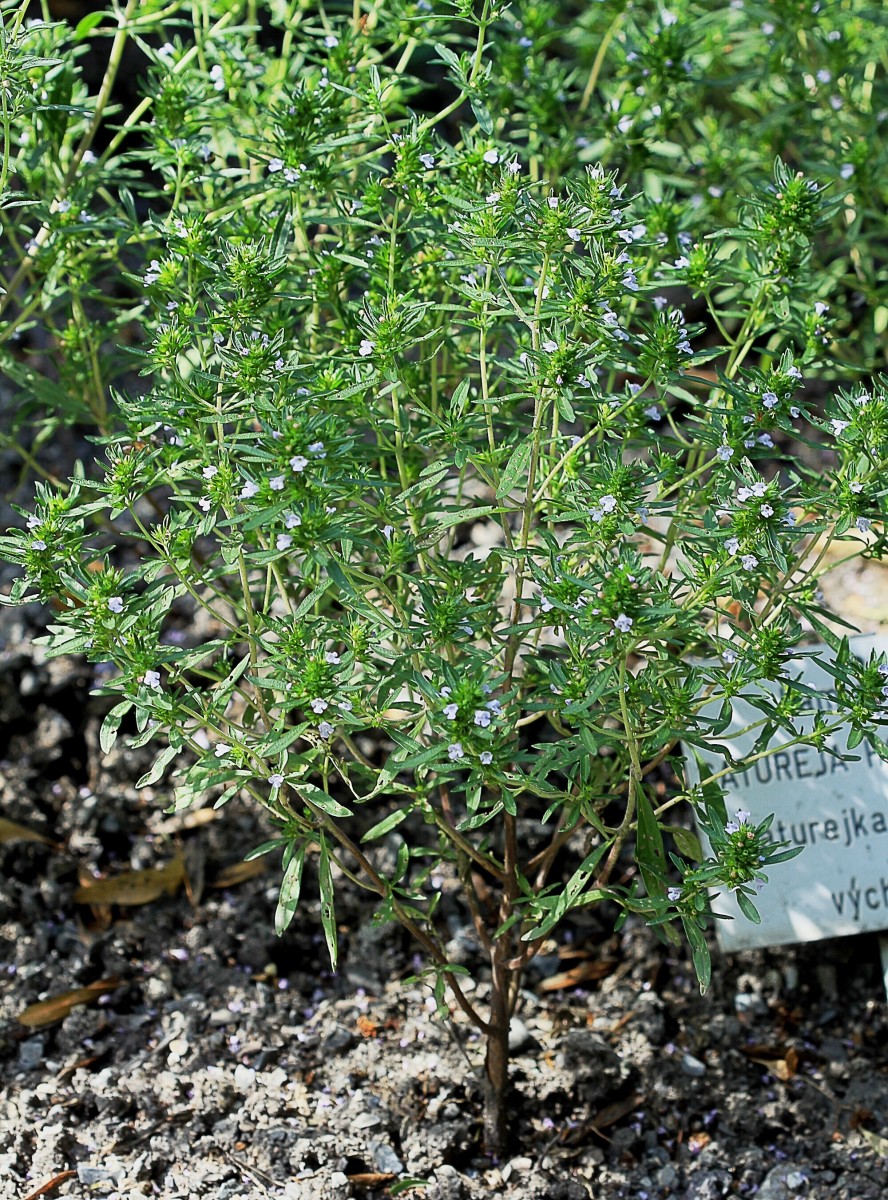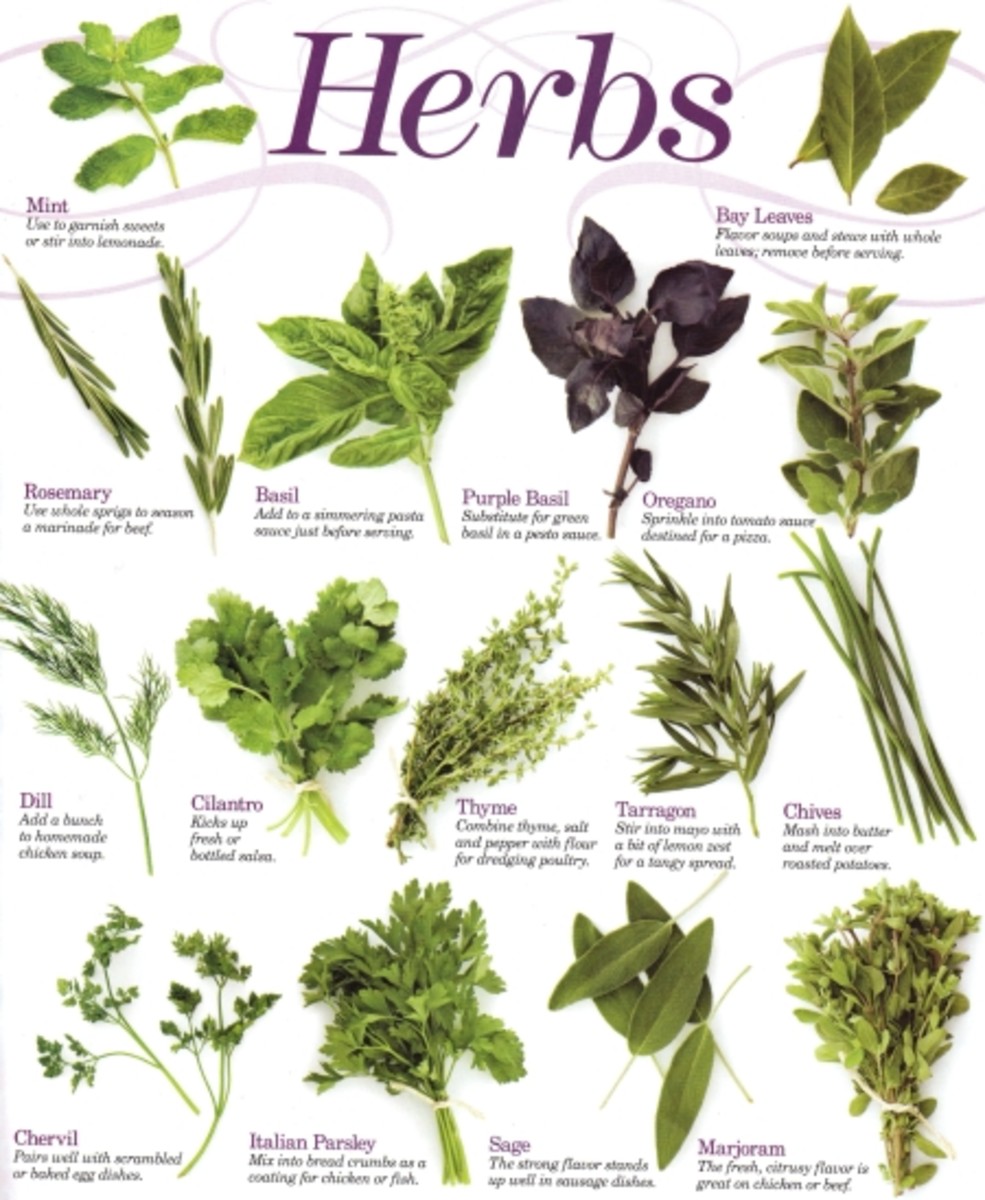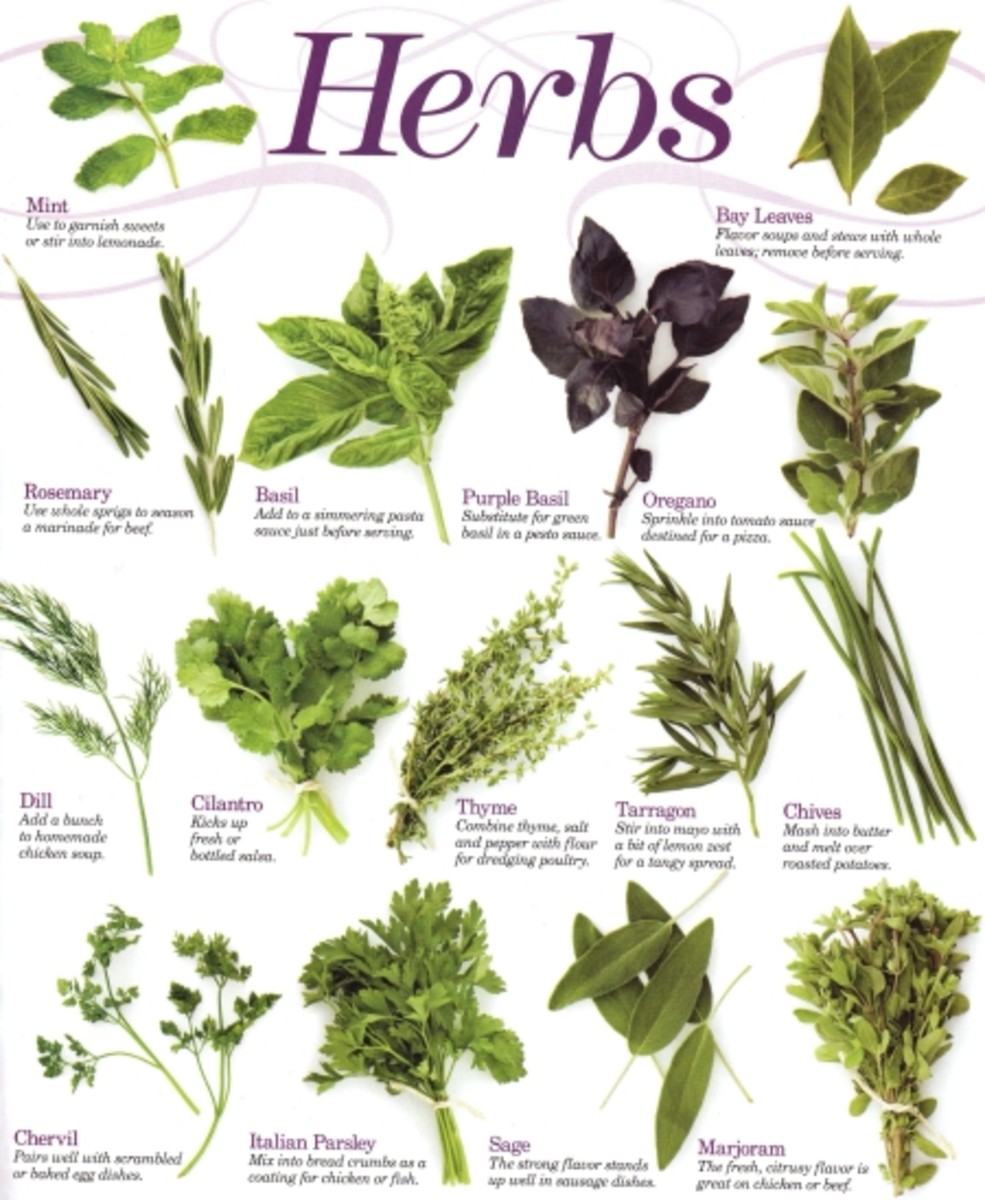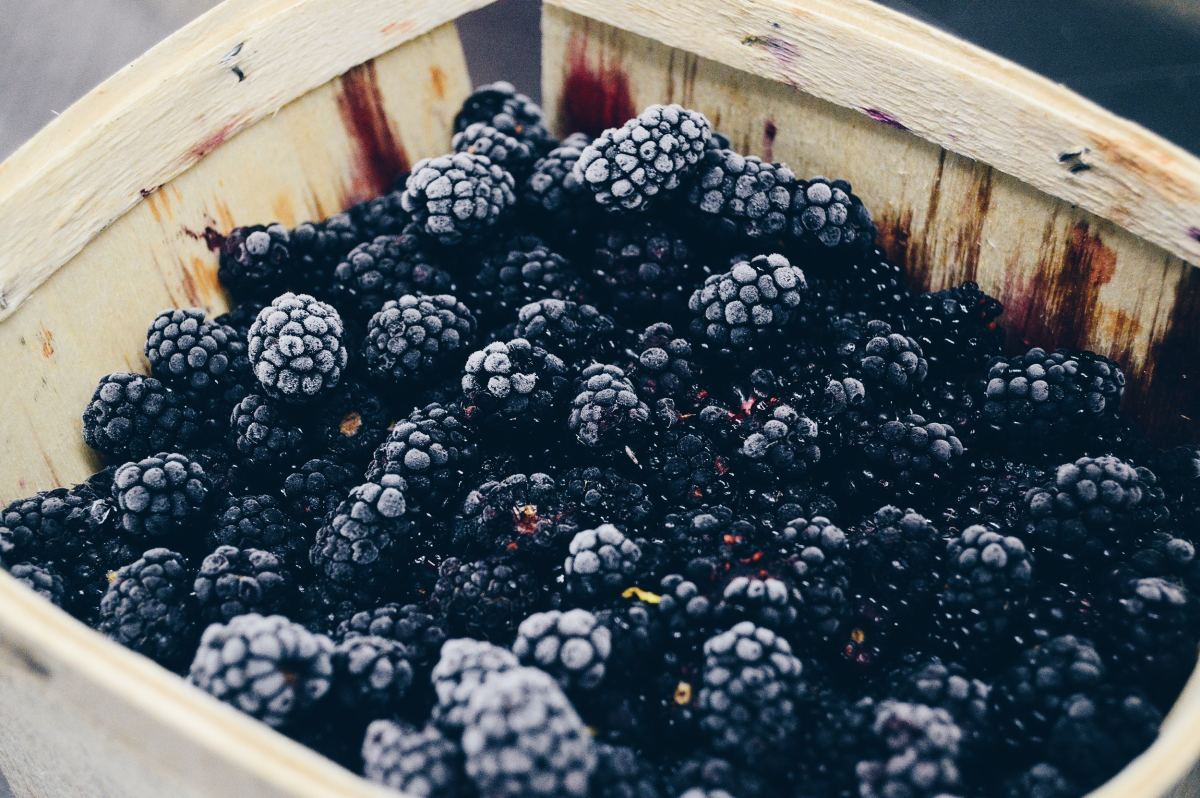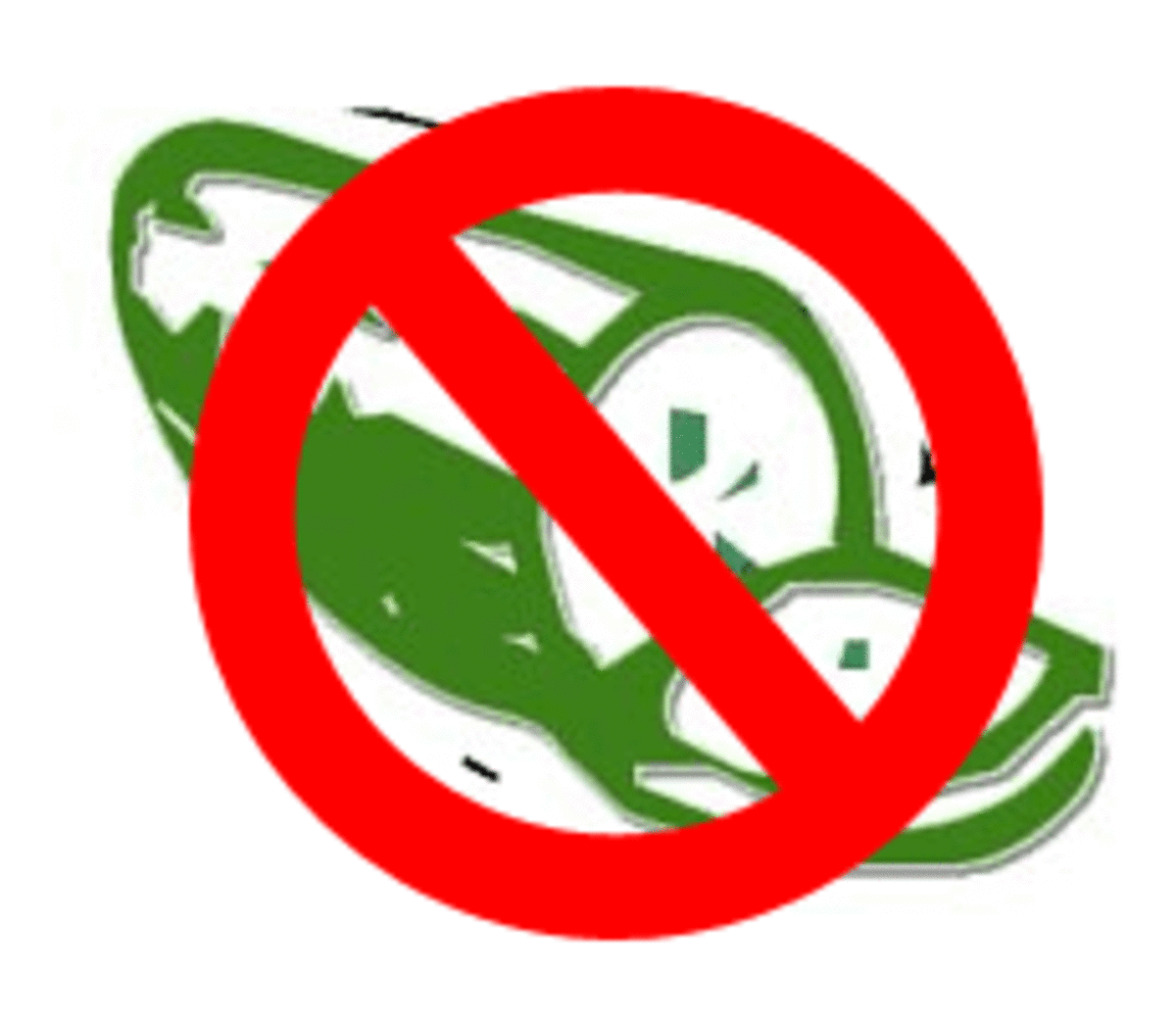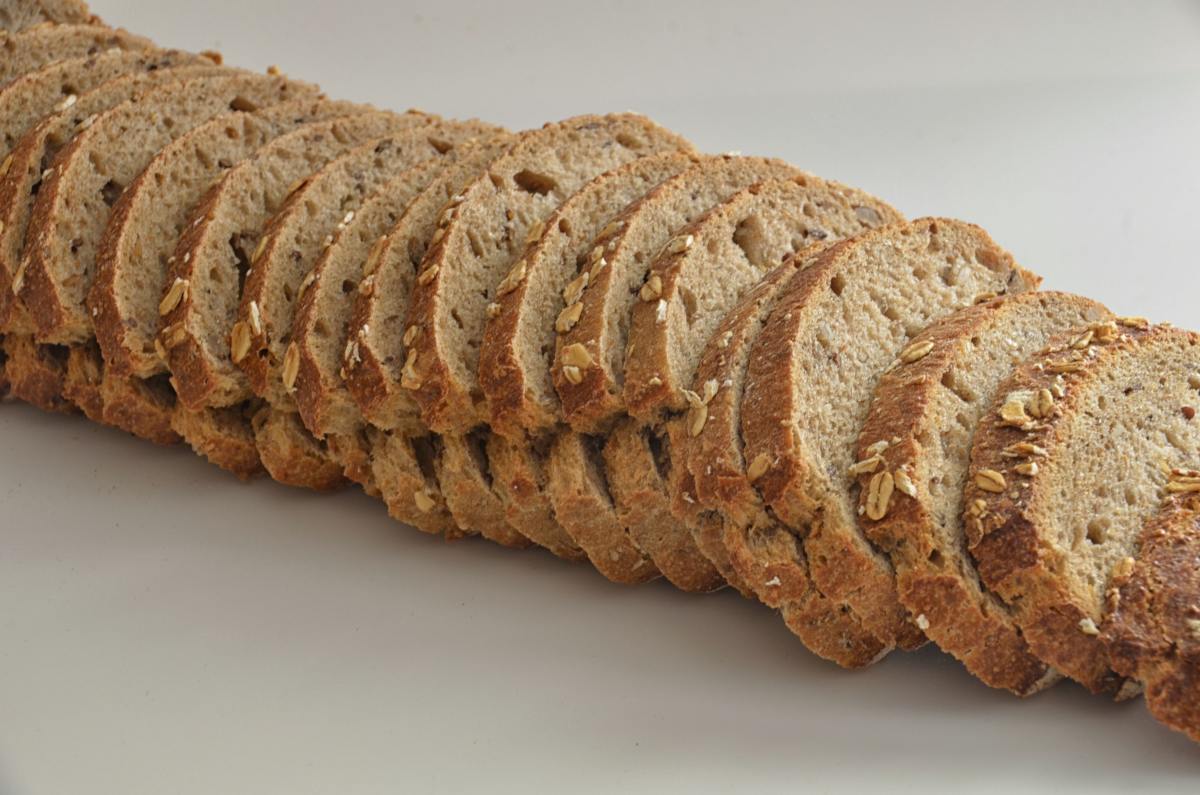A guide to vanilla beans

What a crazy contradiction: vanilla, the world’s most popular flavor, is also a common insult. Plain, bland, boring, vanilla. What gives?
It gets a bad rap because when it comes to ready-made food, vanilla is... well, plain, bland and boring. The best way to describe the flavor of a typical vanilla ice cream cone is “cold” and “white”.
Make your own vanilla ice cream, on the other hand, with real fresh vanilla instead of imitation flavoring, and you’ll send chocolate back down to the minor leagues with a one way ticket.
Apple pie tastes better when you buy your own fresh apples, and the same is true for vanilla.
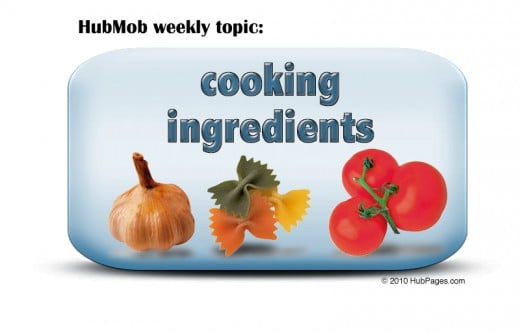
Cured vanilla beans
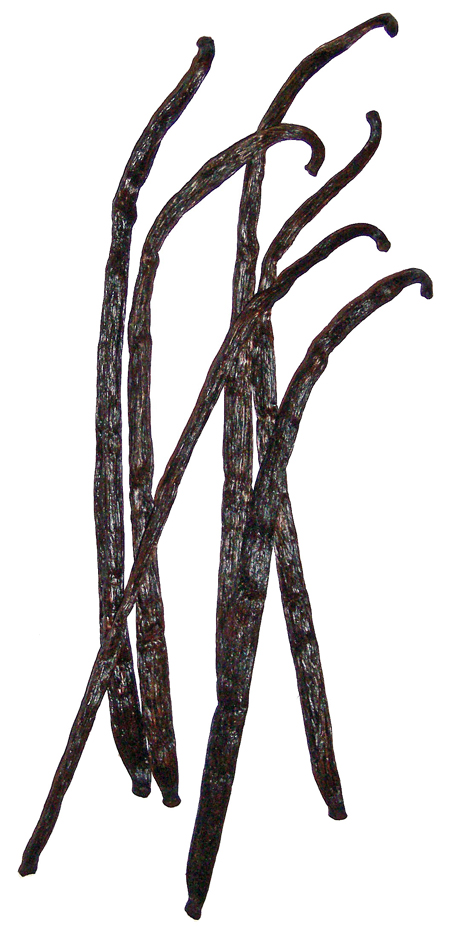
Buy your own vanilla beans
Vanilla beans can be difficult to find in grocery stores. If you can find them, the chances are good that you’ll be paying too much for a pod that is not fresh. Specialty gourmet grocers are a better bet. They sell more beans, so the inventory does not sit as long on the shelf. Buying on-line is also a great option; vanilla beans ship easily, and the product is coming from a direct source.
Fresh vanilla pods are moist, plump, and have a strong aroma. They should be shiny, not dull. Avoid beans that look dried out and woody. The shorter beans have less flavor, so stick with the longer sizes; six to eight inches is best.
Some pods look frosted. If they are covered a white crystal-like substance, this means they are high quality. The crystals develop over time so freshly cured beans won’t have any coating at all.
Vanilla beans are native to Mexico. The tropical orchids that produce the pods are notoriously difficult to pollinate. This is why the market is filled with so many artificial (bland and boring) vanilla products.
There are three varieties of vanilla beans. Each is unique to the region where it is grown.
A vanilla planifolia vine growing up a tree in a vanilla plantation on Réunion Island.
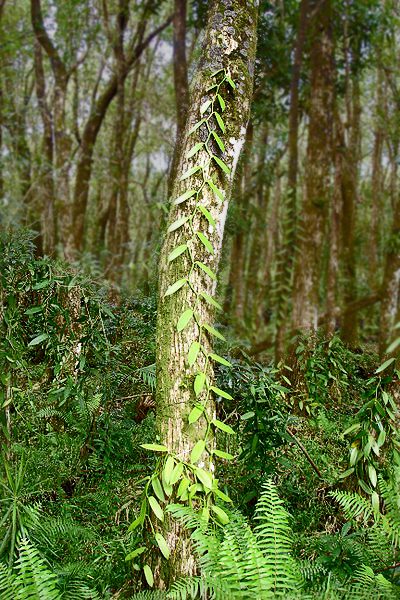
Mexican vanilla beans
Mexican vanilla - the original - is the best variety. The dark and think pod has a rich aroma and a smooth flavor. Be careful when buying them; many vanilla products from Mexico are made with coumarin, which can be toxic. The FDA banned coumarin as a food additive in the United States in the 1970’s.
Buy beans from a reputable supplier, and watch for “coumarin free” labels on vanilla products.
Madagascar-Bourbon vanilla beans
The most common variety, the bourbon bean, is grown on the island of Madagascar and it’s surrounding region.
The pods are slender, have a thick skin, and contain lots of small seeds. They taste sweeter than Mexican pods, and have a very strong vanilla aroma.
Tahitian vanilla beans
Tahitian vanilla is the most aromatic pod of the three. It is a popular variety for making perfumes.
The beans are very dark, and thick. While its scent is strong and rich, Tahitian vanilla has a mild and subtle flavor.
Vanilla planifolia

Whole vanilla beans are not single use only. They can be used again and again. Many recipes call only for the seeds and the pulp of the pod, but the outer shell does not need to be discarded. Place the pod into the pot along with inner parts. Once the cooking is finished, rinse and dry the outer pod, and put it in a jar of sugar for a flavorful sweet treat.
To make stronger vanilla sugar, cut a whole bean into two pieces. Place it in a closed, but not air-tight container filled with 2 cups of sugar. After it sits for a few weeks, your homemade vanilla sugar can replace vanilla extract in some recipes. One tablespoon equals 1/4 teaspoon of extract. Because it has no alcohol, the fresh vanilla flavor will not evaporate away when it’s heated.
Another alternative to imitation extracts is vanilla powder. As with vanilla sugar, there is no alcohol to evaporate. The pure flavor remains even after it is heated.
Kept cool and dry, vanilla beans will last indefinitely. They are sensitive to moisture and will get mildewy if they’re exposed to humidity. Refrigeration is not necessary; if they get too cold, they will harden. The cold temperature also promotes mold growth.
Real, gourmet vanilla beans are the opposite of bland. Add them to your kitchen, and you’ll never use the word vanilla as an insult again.
© 2010 wyanjen at HubPages
A guide to vanilla beans


